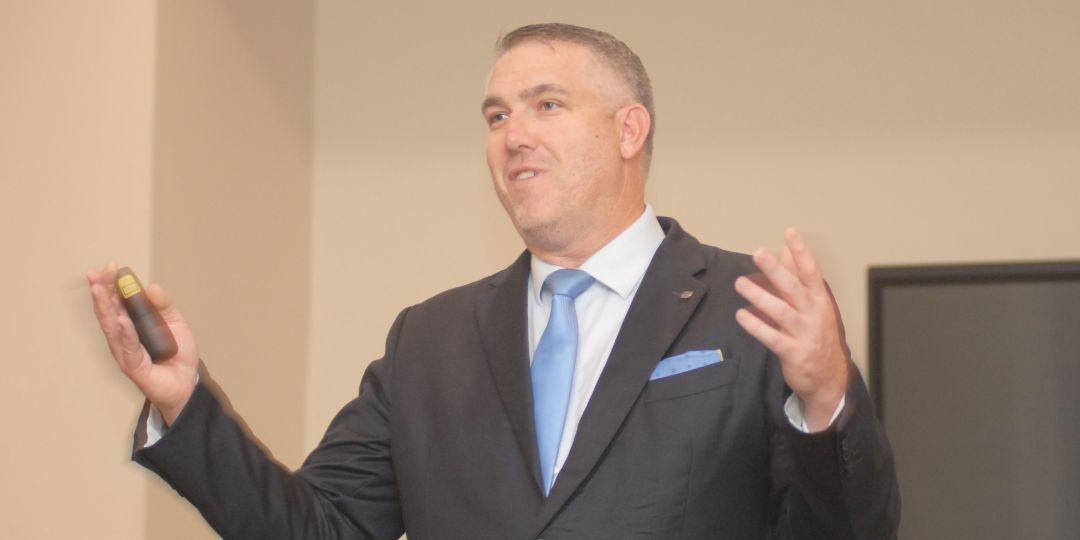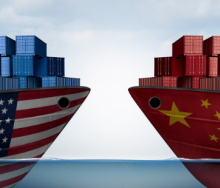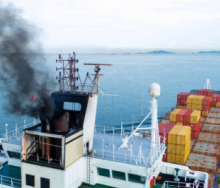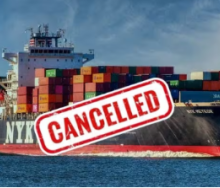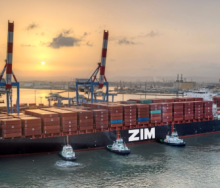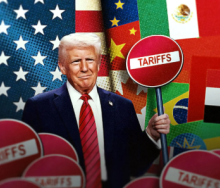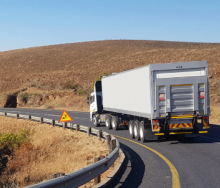Physical expansion in the liner trade and cruise industry is challenging cities worldwide, with ports and supporting infrastructure not keeping pace with vessel size developments.
Speaking at a recent media event in Sandton, Mediterranean Shipping Company (MSC) executive Ross Volk said only four ports along South Africa’s coastline of 2 798 kilometres could accommodate passenger vessels of about 200 000 tonnes – Cape Town, Port Elizabeth, Durban and Richards Bay.
He remarked that the most popular of these ports, Cape Town and Durban, lagged behind in the necessary urban infrastructure required to support large vessels, often leading to land-side congestion.
Volk, who is the managing director of MSC Cruises South Africa, is not the only executive from the shipping line who holds this view.
In November 2022, the chairman of the carrier’s container business in South Africa, Salvatore Sarno, said in an interview that the biggest evolution for the liner trade had been on the high seas.
He told Freight News contributor Lyse Comins that, unfortunately, port operations on the land side had not kept pace with vessel-size developments.
“The biggest changes have been on the sea-side because the ships have become giant. If you think that in the old days, the big white vessels of Safmarine were just 1 500 TEUs, and now there are vessels of 24 000 TEUs.”
According to vessel-tracking platform Fleetmon, MSC’s biggest box ship, the Irina, capable of carrying 24 346 TEUs and weighing 240 739 tonnes fully loaded, can’t call at Cape Town or Durban because its draught of 16.5 metres is too deep.
Sarno said: “The Port of Durban has not developed to accommodate these kinds of vessels.”
He added that the container terminals and the logistics infrastructure supposed to support terminals had also not kept pace.
“Today there is congestion in most of the biggest ports. Why? It’s because these giant vessels discharge 15 000 containers, and then even where there are some terminals that can discharge without any problem, the containers are stuck in the port because there is not enough land transport – trains and trucks – to quickly get these containers out.
“So, the result is the space in the terminal is fully occupied by containers that have been discharged but can’t move out quickly enough.”
He said at the time that at key South African ports, 10 to 15 vessels were sometimes at anchorage, waiting to berth, often well after their slot schedules.
Volk said recently in Cape Town, Mayor Geordin Hill-Lewis had asked people to stay out of the city bowl because two big cruise liners were expected to dock on the same day.
As a result of the sudden influx of people, congestion fanned out across the metropole, leading to traffic delays of more than two hours from the airport into the city.
Volk also touched on what many stakeholders on the freight side have flagged about the Port of Cape Town, that it lacks the necessary means to weather its biggest challenge – the wind.
He said: “The port is limited, not because it is a bad facility but because the wind and changing weather patterns haven’t been factored in.”
He added that this was especially evident in January 2024, when the port serving South Africa’s most desirable tourism destination was only open for nine days – in the middle of South Africa’s cruise season.
“What are we doing to provide different infrastructure?”
Volk reiterated what Sarno also said, that we have to ask bigger questions about the kinds of infrastructure required to support port developments that will accommodate the biggest vessels.
“We have to design cities that facilitate the movement of people”, he said, a sentiment that equally applies to supply chain logistics.
